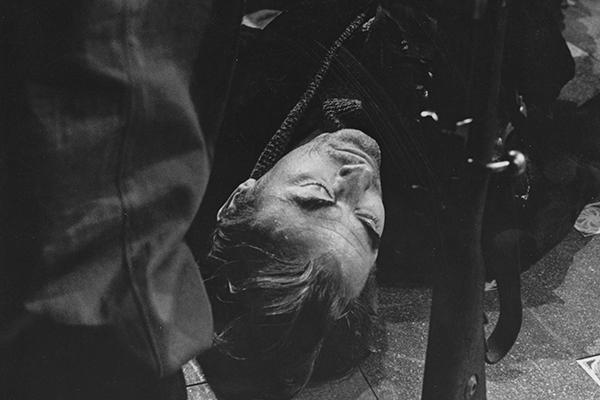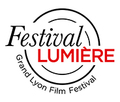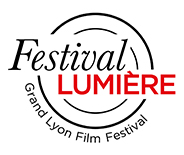Spotlight
Behold a Pale Horse
PostED ON 16.10.2024
“For me”, claimed Fred Zinnemann, “the character of Manuel is a modern-day Don Quixote. He's very mystical, typically Spanish: for him, many things in this world are more important than human lives - including his own. There's a lot of tension between Manuel and the Guardia Civil officer hunting him down – it’s almost like Ahab and the whale!”

© DR
Of course, to see Behold a Pale Horse today, you have to look past the linguistic and geographic mishmash. It is a film about Spain but produced in France and actually filmed between the Saint-Maurice studios and places like Biarritz. (Recreated by set director Alexandre Trauner, Pau was supposed to represent ‘Spain’, for example). The action takes place twenty years after the Spanish Civil War.
Gregory Peck plays Manuel, a Spanish anarchist who is seeking refuge in France and becoming something of a local Robin Hood, dashing to and fro, and Anthony Quinn is the smug officer who relentlessly tracks Manuel down every time he makes a border crossing. Meanwhile, Omar Sharif is a Spanish priest on his way to Lourdes on a pilgrimage... All the Spaniards speak English, and the French speak French, except when they're playing Spaniards (like Raymond Pellegrin, whom Zinnemann praised effusively). Are you keeping up so far?
As usual, realism is the driving force behind Zinnemann’s cinema. For this story partially inspired by the death of Quico Sabaté, an ageing Republican guerilla trapped by the Guardia Civil forces, the filmmaker asks Peck to spend time with actual refugees from the Spanish Civil War. Then somewhat curiously, the director chooses Jean (Janos) Badal as his cinematographer, a Hungarian man exiled in France, of interest to Zinnemann for having filmed the entry of Soviet tanks into Budapest.
What is striking, however, is once again the power of the interior struggles, particularly after the meeting between the fiercely anti-clerical outlaw and the priest with his numerous contradictions (Omar Sharif, expressly recommended to Zinnemann by David Lean, is remarkable), generating a denouement with tragic dimensions. The film was a box-office flop, its subject was deemed too ‘distant’ for 1964 audiences . It cost Columbia dearly, since Franco's regime decided to boycott the studio's pictures for several years, offended by the film's unflattering portrait of the dictatorship.
Aurélien Ferenczi
Screenings
Behold a Pale Horse
by Fred Zinnemann (1964, 1h58)
UGC Astoria Mon 14 5:30pm | Institut Lumière (Villa) Wed 16 9:30pm |
Pathé Bellecour Thu 17 10:45am | UGC Confluence Sat 19 10:45am

